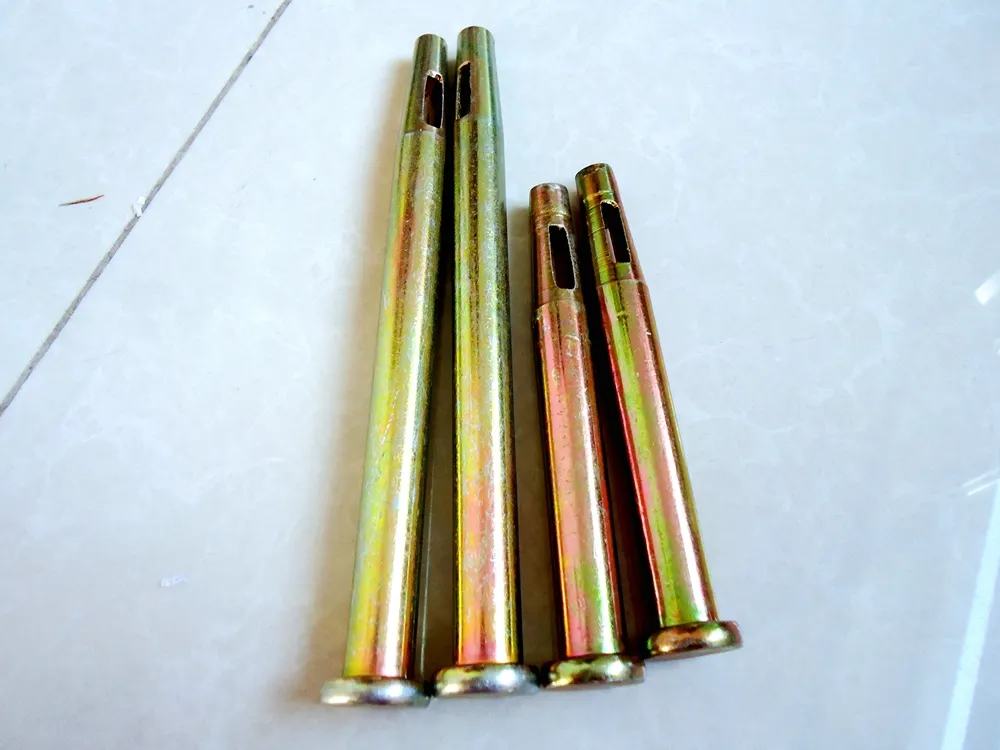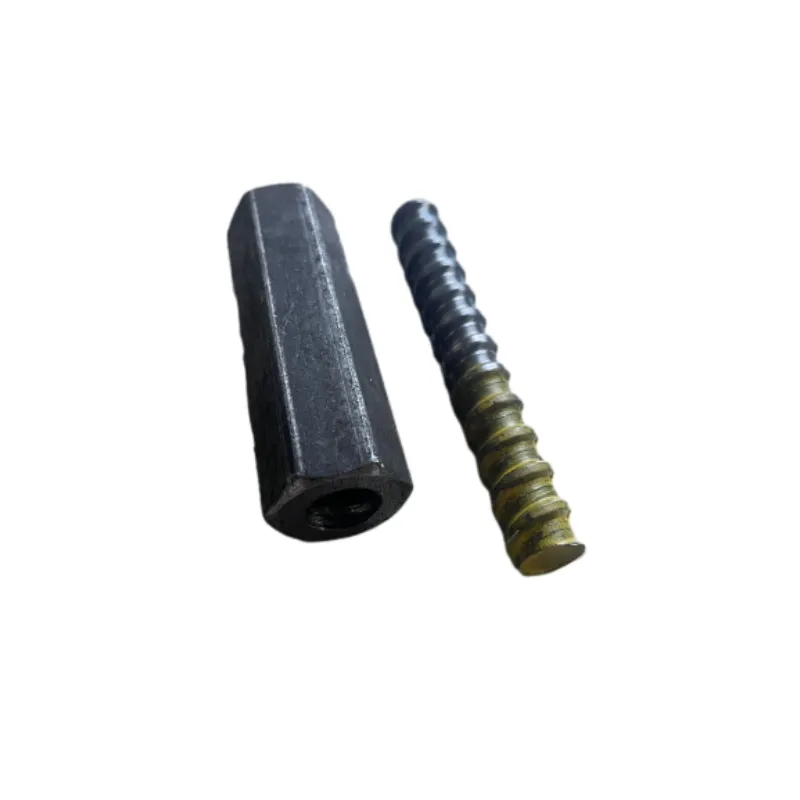- Phone: +86 132 8320 1810
- Email: annie@wrkgroup.ltd
-
- Afrikaans
- Albanian
- Amharic
- Arabic
- Armenian
- Azerbaijani
- Basque
- Belarusian
- Bengali
- Bosnian
- Bulgarian
- Catalan
- Cebuano
- China
- China (Taiwan)
- Corsican
- Croatian
- Czech
- Danish
- Dutch
- English
- Esperanto
- Estonian
- Finnish
- French
- Frisian
- Galician
- Georgian
- German
- Greek
- Gujarati
- Haitian Creole
- hausa
- hawaiian
- Hebrew
- Hindi
- Miao
- Indonesian
- Italian
- Japanese
- Javanese
- Malay
- Persian
- Portuguese
- Punjabi
- Russian
- Spanish
- Swahili
- Telugu
- Vietnamese
юни . 05, 2025 16:57 Back To List
High-Strength Shoulder Eye Nuts for Secure Lifting Premium Quality
- Fundamentals of Shoulder Eye Nuts and Related Hardware
- Engineering Superiority in Load-Bearing Design
- Material and Performance Comparison Across Top Manufacturers
- Custom Fabrication Solutions for Specialized Applications
- Practical Implementations Across Industrial Sectors
- Proper Installation Procedures and Maintenance Protocols
- Industry Evolution of Shoulder Eye Nut Technology

(shoulder eye nut)
Fundamentals of Shoulder Eye Nuts and Related Hardware
Shoulder eye nuts represent critical components within rigging and structural support systems. Unlike conventional fasteners, these specialized devices integrate a load-bearing shoulder beneath the eyelet, distributing force more evenly across mating surfaces. Typically manufactured from high-tensile carbon steel or stainless alloys, they withstand working loads exceeding 22.5 kN in standard configurations. A key differentiator is their machined groove profile allowing 360-degree swivel capability, essential in dynamic tensioning scenarios.
Related hardware includes shoulder eye bolts (threaded rods terminating in forged loops) and eye-to-eye turnbuckles (central barrels connecting opposing eyelets for tension adjustment). Current industry standards such as ASME B30.26 require proof testing at 200% of working load limit for certification, guaranteeing failure prevention even under extreme stress conditions. These components frequently replace traditional D-shackles due to their streamlined profile and reduced bending moments at connection points.
Engineering Superiority in Load-Bearing Design
Manufacturing processes like hot forging and precision machining yield components with consistent grain flow and fatigue resistance. The integrated shoulder provides dual functionality: preventing over-tightening through positive stops and doubling contact area against mounting surfaces. Finite element analysis reveals shoulder eye nut
s distribute 47% less localized stress at connection interfaces compared to standard loop anchors when subjected to angular loading.
Key performance metrics include:
- Breaking strengths ranging from 18kN to 120kN across product lines
- Corrosion resistance exceeding 1,000 hours in salt spray tests
- Temperature tolerance from -40°F to +500°F
- Thread compatibility with both UNC and UNF standards
Material and Performance Comparison Across Top Manufacturers
| Manufacturer | Material Grade | Max Load (kN) | Corrosion Rating | Certification | Lead Time |
|---|---|---|---|---|---|
| Crosby Group | Alloy Steel G80 | 89.2 | Class 2 | ASME B30.26 | 3 weeks |
| Gunnebo Industries | AISI 316 SS | 67.5 | Class 4 | DNV-GL | 2 weeks |
| Carr Lane Mfg. | Grade 5 Titanium | 121.4 | Class 5 | MIL-SPEC | 8 weeks |
| Pewag Chain | Zinc-Plated Carbon | 53.8 | Class 3 | EN 13889 | Immediate |
Custom Fabrication Solutions for Specialized Applications
OEM partnerships deliver application-specific modifications including extended shoulder collars for composite material installations requiring load spreading and reverse-thread variants for vibration-prone environments. Recent collaborations produced:
- High-temperature variants with A286 stainless alloy retaining 76% strength at 700°F
- RF-transparent composites for antenna mounting in telecom
- Multi-axis assemblies incorporating swivel joints for robotics
Production certifications allow customization from prototype batches of 50 units to bulk production runs exceeding 25,000 pieces. Specialized surface treatments including Xylan® and Magni® coatings provide near-frictionless performance while preventing galvanic corrosion in dissimilar metal interfaces.
Practical Implementations Across Industrial Sectors
Within structural engineering projects, shoulder eye nuts secure seismic bracing systems in 79% of newly constructed high-rises according to ASTM E84 testing protocols. Offshore oil platforms install these components as primary connections for fall arrest systems where their self-aligning properties reduce torsion loading by approximately 33% over fixed anchors during platform motion.
Aviation hangars utilize custom eye-to-eye turnbuckles in aircraft restraint systems with precision-adjusted tension capabilities. Each component undergoes magnetic particle inspection revealing sub-surface flaws undetectable through visual checks, maintaining compliance with FAA AC 20-107B regulations.
Proper Installation Procedures and Maintenance Protocols
Correct installation requires verifying engagement of minimum 80% thread contact depth prior to applying operational loads. Industry best practices dictate:
- Using calibrated torque wrenches at 1.5x nominal bolt diameter values
- Inspecting for shoulder-to-bearing-surface contact during assembly
- Implementing secondary retention via nord-lock washers
- Establishing quarterly inspections with 10x magnification
Maintenance protocols mandate component replacement after exposure to 60% of proof load limit regardless of visible damage. Field testing kits employ ultrasonic thickness gauges detecting micro-fractures beneath surface platings, with data logging against asset management systems for predictive replacement scheduling.
Industry Evolution of Shoulder Eye Nut Technology
Recent material innovations include hybrid ceramic composite variants exhibiting weight reductions of 55% while maintaining comparative tensile strengths. Manufacturing processes incorporate AI-driven quality monitoring systems detecting dimensional variances below 0.001-inch tolerance thresholds during high-volume production. Industry projections suggest integration of strain gauge sensors directly into turnbuckles providing real-time load monitoring within 3.5% accuracy by 2026.
Global certification bodies are currently drafting updated testing methodologies for shoulder eye nut applications involving cyclical loading conditions beyond static stress evaluations. These developments promise enhanced reliability in seismic zones where components endure both tension-compression fatigue and lateral displacement forces simultaneously.

(shoulder eye nut)
FAQS on shoulder eye nut
以下是围绕核心关键词及其相关词创建的5组英文FAQs问答,使用HTML富文本格式:Q: What is a shoulder eye nut used for?
A: A shoulder eye nut provides a load-bearing surface and integrated lifting eye for rigging applications. It combines the functions of a shoulder nut and eyebolt, distributing stress evenly. Ideal for mounting points requiring swivel and tension adjustment.
Q: How does a shoulder nut eye bolt differ from standard eye bolts?
A: The shoulder nut eye bolt features a flanged collar that prevents over-tightening and reduces material stress. Unlike standard eye bolts, its built-in shoulder acts as a load-bearing surface. This design offers superior vibration resistance in machinery and structural connections.
Q: Can shoulder eye nuts handle angular loads?
A: Yes, properly rated shoulder eye nuts accommodate limited angular loading up to 45 degrees. Their forged steel construction maintains integrity under multi-directional forces. Always verify manufacturer specifications for exact angular load capacity before use.
Q: When should I choose eye to eye turnbuckles over shoulder eye nuts?
A: Use eye to eye turnbuckles when precise tension adjustment is required between two fixed points. They excel in cable bracing, sail rigging, and fence tensioning applications. Shoulder eye nuts are better suited for terminal connections to equipment or structural anchors.
Q: What safety standards apply to shoulder eye nuts and turnbuckles?
A: These components must meet ASME B30.26 rigging hardware standards and ISO 16048/16049 certifications. Always verify working load limits (WLL) stamped on products and never exceed them. Regular inspection for deformation, cracks, or thread damage is critical for safety.
Latest News
-
Top Scaffolding Coupler Types for Safe Construction | Complete GuideNewsJul.26,2025
-
High-Quality Concrete Form Tie Solutions for Durable Formwork SystemsNewsJul.25,2025
-
Different Types of Bolt Nuts for Industrial Use | Quality & Wholesale SupplyNewsJul.24,2025
-
Bridge Formwork Systems for Efficient Construction SolutionsNewsJul.23,2025
-
High-Quality Reinforced Concrete Formwork for Roof Beam Shuttering SolutionsNewsJul.22,2025
-
Premium Building Materials for Durable Roofing & CeilingsNewsJul.22,2025











